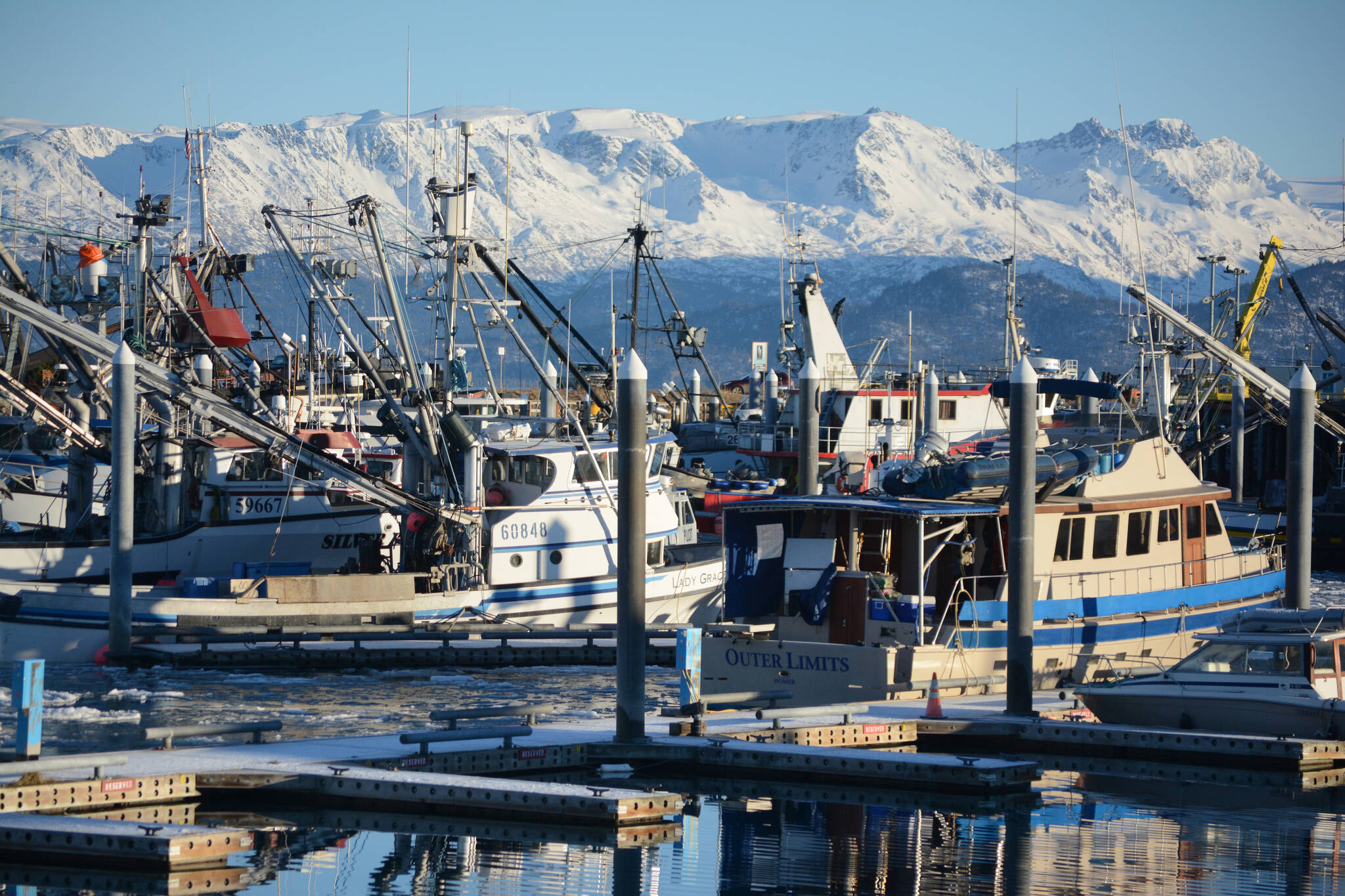As expected, the Bristol Bay sockeye salmon run broke records in almost every category. The run itself came in above the already eye-popping forecast of 73.4 million fish, exceeding it by 8%, and the commercial harvest basically came in as expected, although the catch of 60.1 million fish even exceeded the forecast harvest of 59.9 million fish. That harvest number is 104% higher than the most recent 20-year average of 29.4 million fish for all districts. While other returns have been larger, the previous catch record was set back in 1995, at a mere 44.3 million fish, on a smaller run of about 66 million total sockeye. Overall escapement for Bristol Bay was 18.9 million sockeye, and all systems either met or exceeded their escapement goals, and runs for every system except Togiak came in over forecast.
The preliminary ex-vessel value of the fishery was $352 million for all species, 110% above the recent 20-year average of $167.5 million.
Even the fish size was bigger compared to previous years.
A bulk of the sockeye spent one year in fresh water and three in salt, compared to fish that only spent two years in the ocean, giving them extra time to bulk up. Fish that spent two years in fresh water and two in salt also performed well, making up 15% of the runs, almost double the forecast of 8%.
ADF&G area management biologist for Bristol Bay, Tim Sands, said that at this point the biologists are not concerned about the fishing needing to have an extra year in fresh and/or salt water, but they’re keeping an eye on it.
“There’s been a long-term trend of fish being a smaller size at age, and obviously it can’t keep going that way forever,” he said. He added that the easy answer is big run, smaller fish, so when a smaller run comes in if the size at age hasn’t improved then there will be some questions. “If that (uptick) doesn’t happen, there’ll be some head-scratching.”
He added there are also people chiming in about the hatchery debate, and whether increased competition for food in the ocean years is harming wild runs.
“It’s not just the Bristol Bay sockeye run, it’s all the other salmon out in the ocean,” Sands said.
He also said that as far as he could tell things went fairly smoothly on processing end, considering the size of the run.
He said some setnetters in Ugashik got put on some poundage limits, but barring that he had not heard of any major processors running out of capacity, although there were some issues. “Tender lines might have been longer than people liked, and that is a limit itself.” ADF&G has not yet released the forecast for the 2023 Bristol Bay sockeye season.
Cristy Fry can be reached at realist468@gmail.com.


